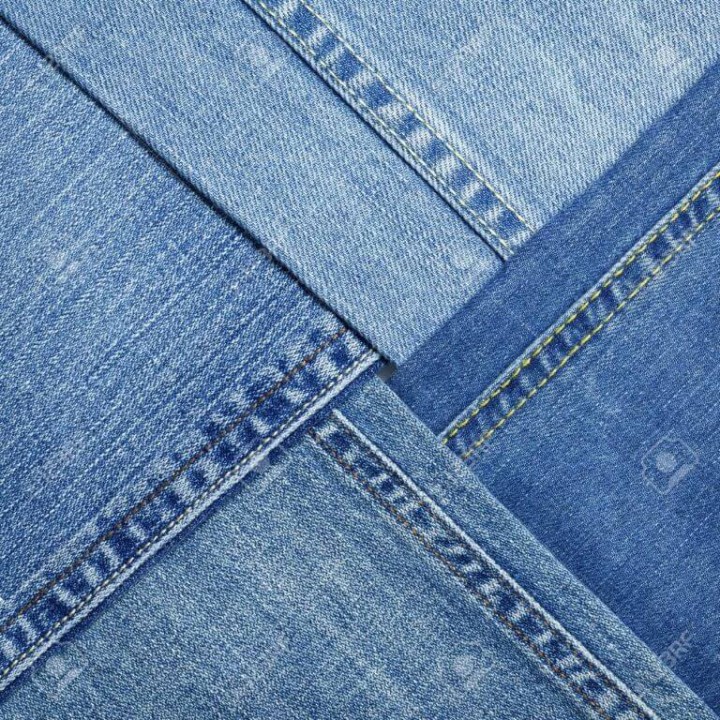Sustainable Indigo Dye Jeans from Eco-Friendly Manufacturers for Stylish Fashion Choices
The Rise of Natural Indigo Dye in Jeans Manufacturing
In the world of fashion, sustainability has become more than just a buzzword; it has emerged as a necessity. As consumers increasingly prioritize environmentally friendly practices, manufacturers are being compelled to reconsider their methods. One such evolution is the renewed interest in natural indigo dye, particularly in the manufacturing of jeans. Known for its rich history and vibrant hue, natural indigo dye has gained popularity as a sustainable alternative to synthetic dyes. This article explores the significance, benefits, and modern applications of natural indigo dye in jeans manufacturing.
Historical Significance of Indigo Dye
Indigo dyeing dates back thousands of years, with roots in ancient civilizations across Asia, Africa, and the Americas. The indigo plant, often referred to as “blue gold,” has been valued for its deep blue pigment and has played an important role in textile production. Traditionally, indigo was extracted from the leaves of the Indigofera plant and was used to dye garments, creating textiles that were both beautiful and durable.
With the advent of synthetic dyes in the 19th century, the use of natural indigo saw a significant decline. However, the modern resurgence of sustainable fashion has sparked interest in reviving ancient dyeing techniques. Today, natural indigo is being embraced not only for its quality but also for its potential to reduce the environmental impact of textile production.
The Environmental Impact of Synthetic Dyes
The conventional dyeing process can be significantly harmful to the environment. Synthetic dyes, prevalent in the fashion industry, often require harsh chemicals and substantial amounts of water, leading to pollution and waste. According to estimates, the textile industry is responsible for about 20% of the world's water pollution, primarily due to the runoff of untreated dyes into rivers and streams. This has raised concerns about the ecological impact of denim production, prompting both consumers and brands to demand more sustainable practices.
By contrast, natural indigo dye is made from renewable resources and involves less harmful chemicals. The dyeing process typically uses a fermentation technique that requires significantly less water than traditional synthetic methods. Additionally, natural indigo is biodegradable, making it a more eco-friendly option for jeans manufacturers.
Benefits of Natural Indigo for Jeans Manufacturers
natural indigo dye jeans manufacturers

For jeans manufacturers, switching to natural indigo can offer several advantages beyond environmental sustainability. Firstly, natural indigo is known for its unique color depth and ability to create various shades of blue. This versatility allows designers to experiment with different dyeing techniques and achieve a range of looks, from light to dark indigo.
Moreover, natural indigo dyeing adds a unique aesthetic to denim. Each piece can reflect a slight variation in color and pattern, creating an artisanal quality that appeals to consumers looking for individuality in their apparel. This handcrafted appeal aligns with the growing trend toward one-of-a-kind, limited-edition pieces in fashion.
Furthermore, as consumers become more aware of the impact of their purchases, brands that utilize natural indigo can boost their marketability. Transparency in sourcing and production processes can attract eco-conscious customers, enhancing brand loyalty and providing a competitive edge.
Notable Manufacturers and Innovations
Several forward-thinking jeans manufacturers have embraced natural indigo dyeing, setting examples for others in the industry. Brands such as Levi's, Nudie Jeans, and G-Star RAW are leading the way in sustainable denim, incorporating natural indigo into their collections. These companies prioritize ethical sourcing and innovative production methods, demonstrating that eco-friendly practices can coexist with style and quality.
In addition to established brands, small and independent manufacturers are also entering the market, often utilizing traditional techniques and local craftsmanship. These businesses emphasize the importance of heritage and sustainability, appealing to a niche customer base looking for authenticity in their purchases.
Conclusion
The resurgence of natural indigo dye in jeans manufacturing marks a significant step towards more sustainable practices in the fashion industry. As the demand for environmentally friendly products continues to rise, the adoption of natural indigo reflects a broader commitment to reducing waste and pollution. With its rich cultural heritage, stunning aesthetic, and positive environmental impact, natural indigo dye presents a promising future for denim manufacturing. As brands and consumers alike embrace these changes, the hope for a more sustainable and ethical fashion industry grows stronger.
-
The Timeless Art of Denim Indigo Dye
NewsJul.01,2025
-
The Rise of Sulfur Dyed Denim
NewsJul.01,2025
-
The Rich Revival of the Best Indigo Dye
NewsJul.01,2025
-
The Enduring Strength of Sulphur Black
NewsJul.01,2025
-
The Ancient Art of Chinese Indigo Dye
NewsJul.01,2025
-
Industry Power of Indigo
NewsJul.01,2025
-
Black Sulfur is Leading the Next Wave
NewsJul.01,2025

Sulphur Black
1.Name: sulphur black; Sulfur Black; Sulphur Black 1;
2.Structure formula:
3.Molecule formula: C6H4N2O5
4.CAS No.: 1326-82-5
5.HS code: 32041911
6.Product specification:Appearance:black phosphorus flakes; black liquid

Bromo Indigo; Vat Bromo-Indigo; C.I.Vat Blue 5
1.Name: Bromo indigo; Vat bromo-indigo; C.I.Vat blue 5;
2.Structure formula:
3.Molecule formula: C16H6Br4N2O2
4.CAS No.: 2475-31-2
5.HS code: 3204151000 6.Major usage and instruction: Be mainly used to dye cotton fabrics.

Indigo Blue Vat Blue
1.Name: indigo blue,vat blue 1,
2.Structure formula:
3.Molecule formula: C16H10N2O2
4.. CAS No.: 482-89-3
5.Molecule weight: 262.62
6.HS code: 3204151000
7.Major usage and instruction: Be mainly used to dye cotton fabrics.

